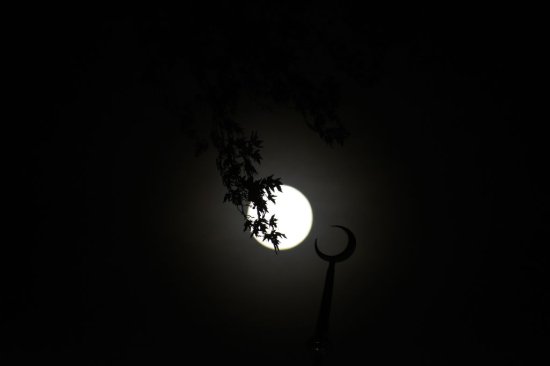
The supermoon will also occur at the same time as the Leonid meteor shower.
The fourth and final supermoon of 2024—known as the “beaver moon”— will hit this month.
The moment of the full moon will be visible on Friday, Nov. 15th, but the sight will also appear full one to two days prior. This supermoon will be slightly closer and brighter than the first supermoon of the year, which took place in mid-August.
The supermoon will also occur at the same time as the Leonid meteor shower, which will reach its peak on Saturday night. The Leonid’s peak every year in mid-November, and stargazers will have a chance to see anywhere from a hundred to thousands of meteors whizzing through the sky.
[time-brightcove not-tgx=”true”]Here’s what to know:
What is a supermoon?
A supermoon is not an uncommon occurrence—they’re visible three or four times every year. The phenomenon happens when a full moon occurs at the time the moon’s orbit is closest to Earth. During a supermoon, the moon appears bigger and brighter than usual. It will also appear larger because of what some call a “moon illusion,”a psychological trick of the brain .
Why is it called a “beaver moon”?
According to NASA, the Maine Farmers’ Almanac began publishing Native American names for full Moons in the 1930s, which eventually became widely used. One theory is that the name is inspired by beavers’ preparation for the winter—and the traps people set during the month to use their pelts for warmer clothing.
Where can I see it?
The supermoon will be visible worldwide, and will reach its peak brightness on Friday at 4:29pm EST. It should be visible without a telescope or binoculars, but will appear full for a longer period of time before and after. Be sure to get a good look– the next one won’t occur until Oct. 7, 2025.